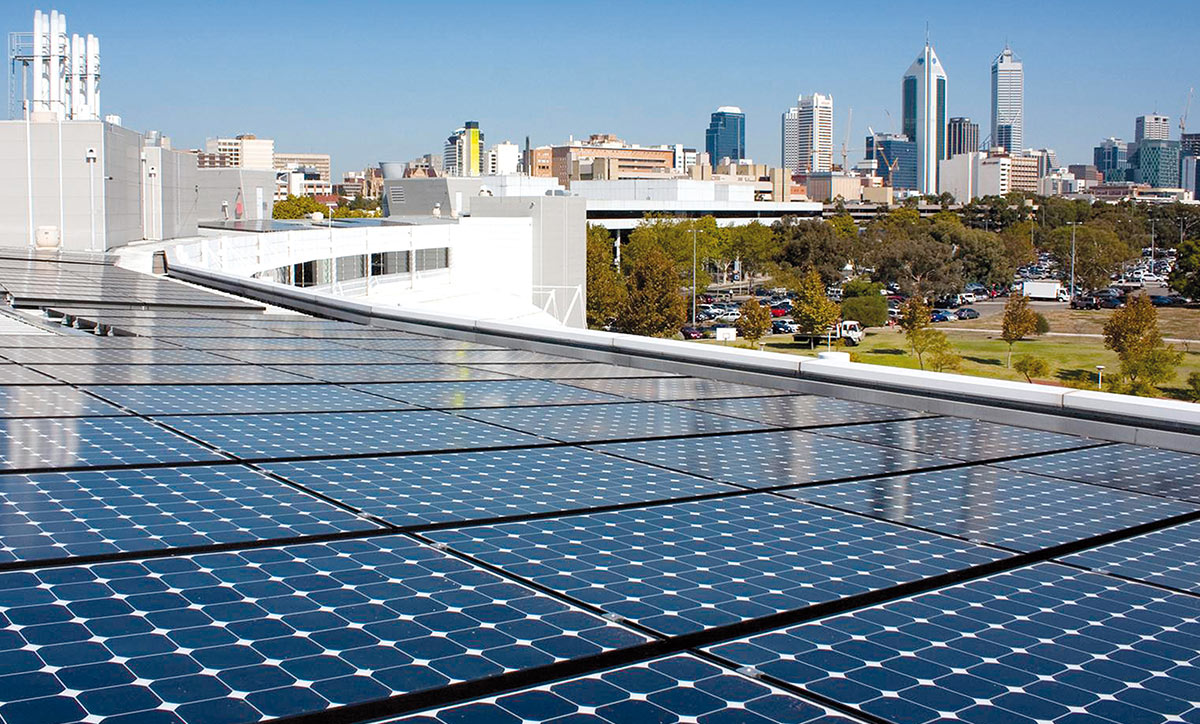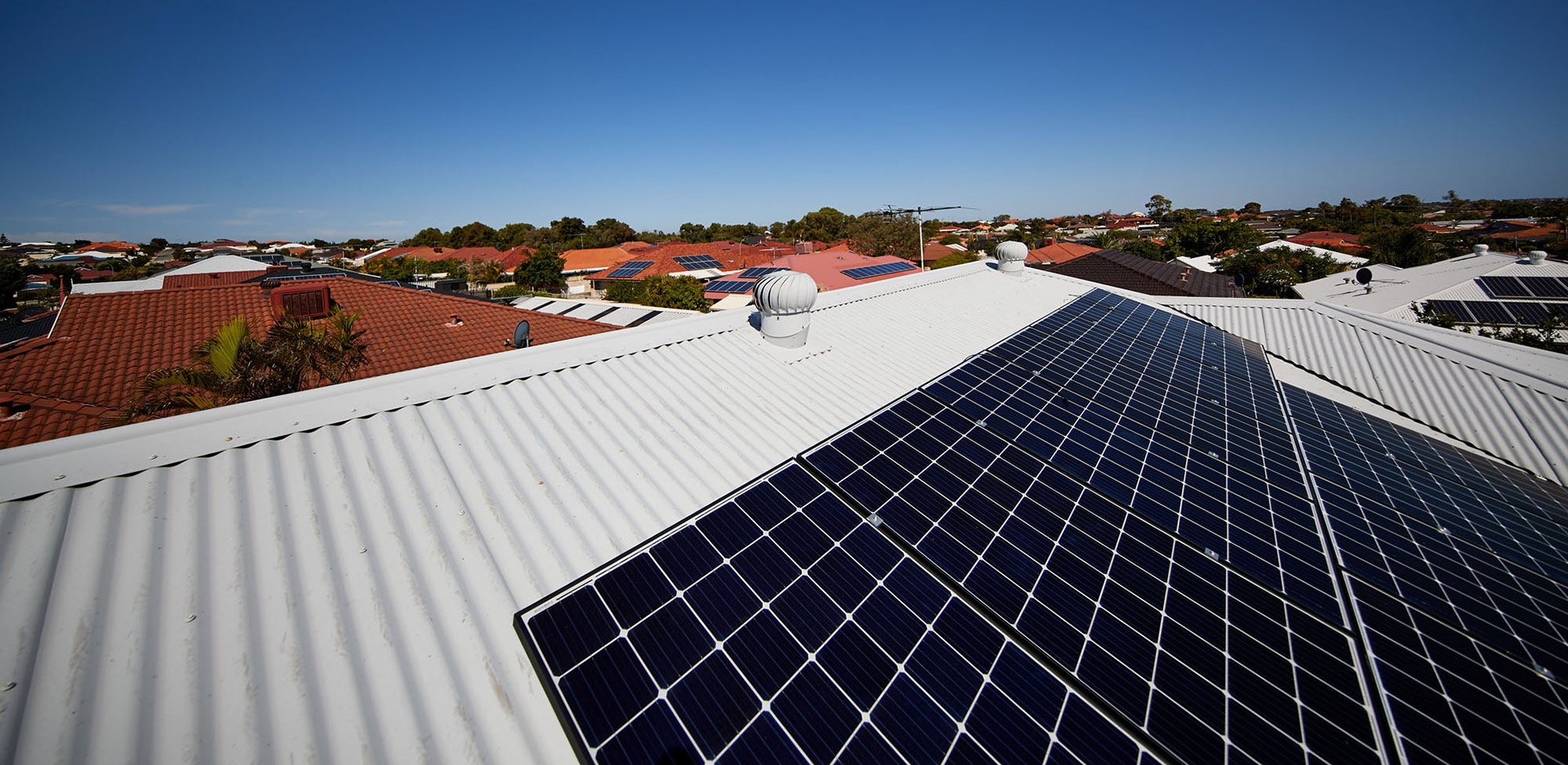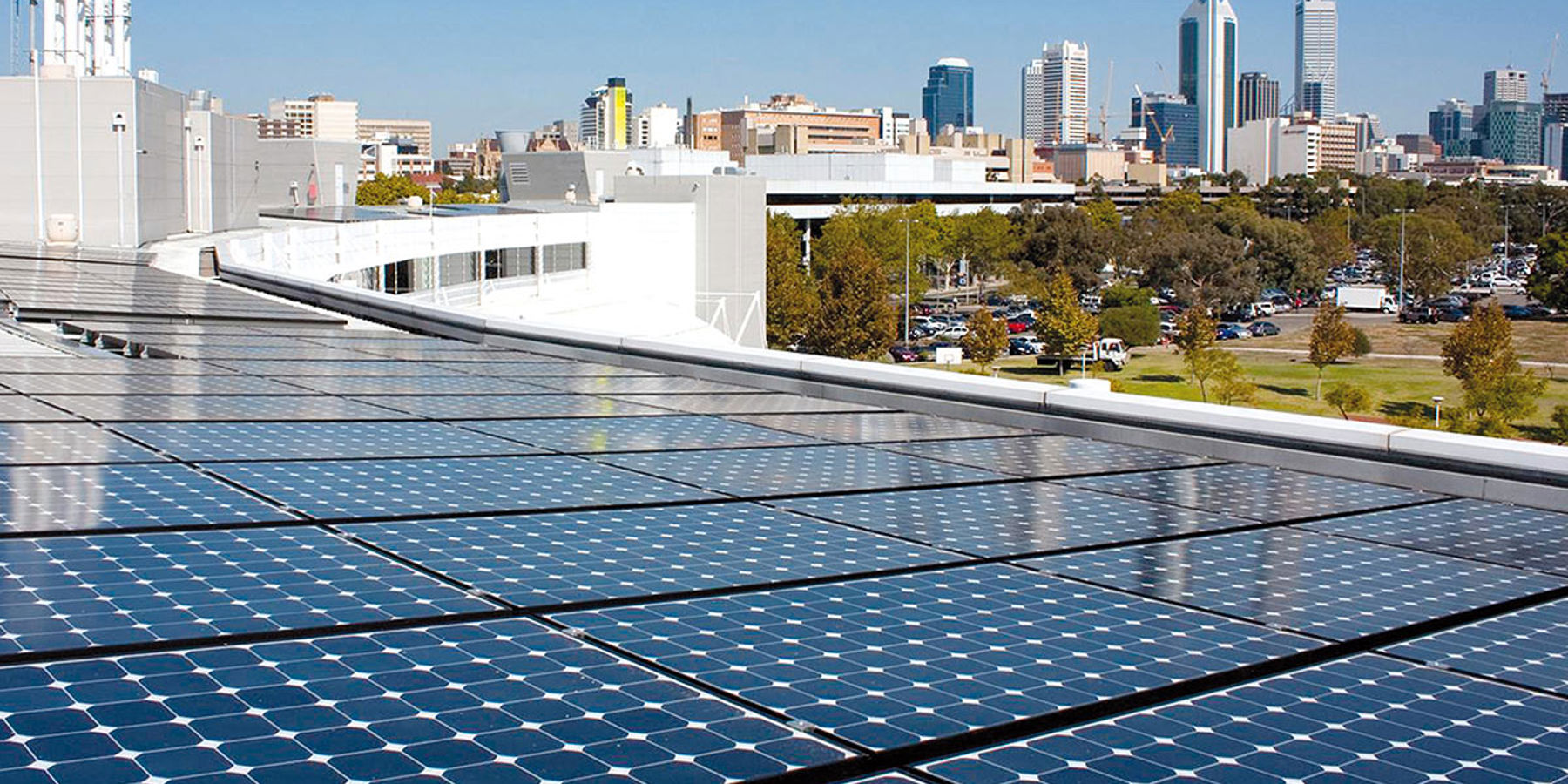Here’s what you need to consider and the process of applying for solar power for your business or development.
Solar panels are solar panels, whether they are on a home, a business or spread across a property development.
All generate power and all need to be connected safely to the grid. So when Western Power is reviewing applications, the key factors considered for any proposed solar installation are:
- The size of the proposed solar installation
- How that solar installation will be managed or shared between other customers, in a property development
Solar application processes are broken into three categories based on inverter size:
- Up to 10kVA – suitable for residences and businesses with low energy needs
- Between 30 and 200kVA - suitable for most businesses, caravan parks and property developments
- More than 200kVA – this is large-scale energy and requires a separate network review and approval process.

Property developers
For property developers and businesses, there are a couple of extra things to keep in mind.
If you are a large or small property developer, there can be a few ways you might be considering including solar power in your development, including:
- A central solar panel system that provides for the whole development
- Individual solar systems on each rooftop or unit
- A centralised community battery system
Given the choices available, it’s recommended that you start considering how customers will generate solar and to what amount, right from the design phase, before you build.
This considers who the customer is for your development, how they would want solar to work or not work, how much they might need and the best way for that solar to be managed.
It is not unheard of for developers to sell properties with the promise of solar panels, only to find the development’s connection point cannot accommodate that number or amount of solar. However many others are getting creative about how they include solar in their builds and enhance both the sales pitch and benefits for residents.
Bigger developments require a qualified electrical consultant to put together the electrical designs to connect the development to the network. The required future solar can be considered and planned for as part of this process.
This process is recommended for smaller developments too, particularly to ensure you get the technical and long-term use aspects correct.
Once you have your plans, these are put through to our Connection Services team and considered as part of your overall property connection application.
This team then reviews your application to ensure the technical design is correct and the proposal supports the solar generation requested and can be effectively connected to the grid.

Businesses
Regardless of whether you are a residence, business or caravan park, the process depends on the size of the inverter system you want.
Many business will fall into the 30kVA to 150kVA category – your professional solar installer can help you establish your needs.
The biggest consideration for a business looking to apply for a solar installation is to establish whether you are on a shared connection.
Even though you get your own electricity bill from a retailer, you may be on a shared connection. That connection determines the total amount of power that can be fed back into the grid, with that amount needing to be shared among everyone on the connection. This is known as hosting capacity.
The connection size could potentially limit the amount of solar you can apply for. If too much solar is fed through that connection, it will need to be upgraded. Likewise, if there is solar energy already being generated and moving through that connection, you may need to reduce the size of your solar installation.
To find out if you have a shared connection, you can contact us on 13 10 87 or talk to an electrician. You will then need to talk to your strata, centre or village management or landlord to come to an agreement on your solar installation.
If you are not on a shared connection, then you can skip straight to the application stage, keeping in mind you will require a professional and qualified electrical contractor or solar installer to ensure you have all the correct technical documents for the installation.
Once the application is received, we will assess the application to ensure that your requested solar capacity can be accommodated by your connection, review the network requirements to support the solar and help develop the technical connection parameters.
